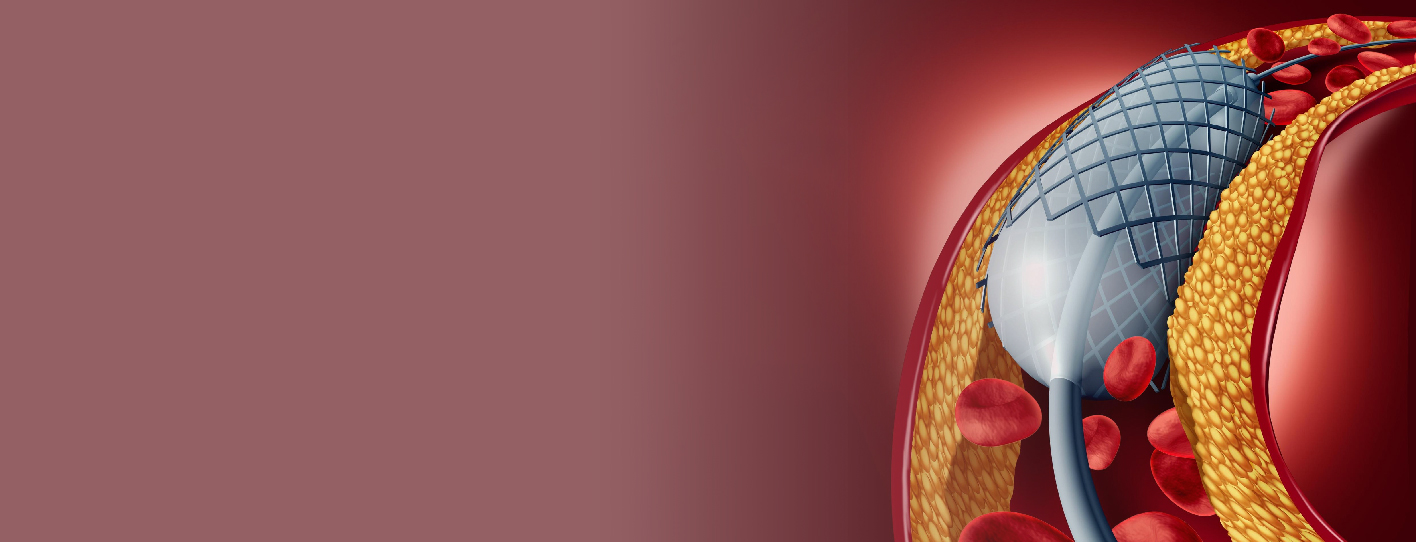19 Dec 2025
Age Specific Related to Psoriasis in Amritsar


Dr. Harinder K Bali
22 May 2025
Call +91 80788 80788 to request an appointment.
Cardiovascular diseases are among the leading causes of morbidity and mortality worldwide, with millions affected each year. Understanding the key procedures that aid in diagnosing and treating these conditions is essential for both patients and healthcare providers. Angiography and angioplasty are critical interventional cardiology procedures that facilitate proper heart diagnostics and treatment options, improving patient outcomes significantly.
This blog aims to elucidate these two essential procedures, discussing their methodologies, benefits, risks, and how they relate to heart care services in Punjab. At Livasa Hospitals, we are committed to providing comprehensive cardiac care, ensuring our patients receive the best treatment and advice concerning their heart health.
Angiography is a medical imaging technique used primarily to visualize the inside of blood vessels and organs, most commonly the heart and arteries. By using a specialized dye (contrast material) and X-ray or other imaging technology, healthcare professionals can see blood flow and identify blockages, narrowing, or other abnormalities in the blood vessels.
The most common type of angiography is coronary angiography, which is specifically dedicated to examining the coronary arteries. This procedure plays a vital role in diagnosing coronary artery disease (CAD), which is characterized by a buildup of plaque in the arteries, potentially leading to heart attacks.
During an angiography procedure, a catheter is inserted through the skin, typically in the groin or wrist, and guided to the heart. Once positioned properly, contrast dye is injected, and the arteries are imaged. This non-invasive procedure usually takes around 30 minutes to an hour, and patients can return home shortly after, with most experiencing minimal discomfort.
After angiography identifies a blockage or narrowing in coronary arteries, angioplasty may be recommended as a treatment option. This procedure is designed to open up narrowed arteries and restore normal blood flow to the heart. In many cases, this can significantly alleviate symptoms like chest pain and improve heart function.
Angioplasty involves inserting a thin tube called a balloon catheter into the affected artery. Once in place, the balloon is inflated, compressing the plaque against the vessel walls and widening the artery. In most cases, a small mesh tube called a stent is placed to keep the artery open after the procedure.
Angioplasty is often performed in conjunction with coronary angiography, allowing for immediate and effective treatment of identified blockages. The procedure typically lasts about 30 minutes to 2 hours and is generally performed under local anesthesia. Most patients are able to return to light activities within a few days.
| Aspect | Angiography | Angioplasty |
|---|---|---|
| Purpose | To visualize blood vessels and identify blockages | To treat narrowed or blocked arteries |
| Procedure Type | Diagnostic procedure | Interventional procedure |
| Anesthesia | Local or sedation | Local anesthesia |
| Duration | 30 minutes to 1 hour | 30 minutes to 2 hours |
| Recovery Time | Minimal, usually outpatient | Short recovery, back to light activities in a few days |
Knowing when angiography and angioplasty may be required is crucial for timely care. Some common indications include:
Angioplasty can offer numerous benefits for patients experiencing coronary artery disease or blockages, including:
While generally considered safe, as with any medical procedure, angioplasty comes with potential risks and complications, including:
Recovery from angioplasty varies, but there are some general guidelines that patients can expect:
At Livasa Hospitals, we pride ourselves on our specialized cardiac care services throughout Punjab. Our expert team of interventional cardiologists is dedicated to providing comprehensive treatment options, including angiography and angioplasty procedures. Our state-of-the-art facilities ensure that patients receive the highest level of care, supported by the latest technology and techniques in interventional cardiology.
With several locations, including Livasa Mohali, Livasa Amritsar, Livasa Hoshiarpur, Livasa Khanna, and Livasa Nawanshahr, we are committed to making heart health accessible for everyone in the region.
Understanding angiography and angioplasty is crucial for anyone concerned about heart health. These interventional cardiology procedures offer significant diagnostic and therapeutic benefits. Early detection and intervention are vital in managing cardiovascular diseases effectively.
If you are experiencing symptoms related to heart disease or wish to learn more about your heart health, please reach out to Livasa Hospitals. Our experienced cardiology specialists are ready to assist you in your journey towards improved heart health. Do not delay; early diagnosis and treatment can be life-saving.
Book your appointment today by visiting our website at Livasa Hospitals Appointment or call us at +91 80788 80788 for more information.
+91 80788 80788
Livasa Healthcare Group Corporate Office,Phase-8, Industrial Area, Sector 73, Sahibzada Ajit Singh Nagar, Punjab 160071
livasacare@livasahospitals.in
| Mohali | +91-99888 23456 |
| Amritsar | +91-99887 49494 |
| Hoshiarpur | +91-99883 35353 |
| Nawanshahr | +91-75081 82337 |
| Khanna | +91-98888 05394 |